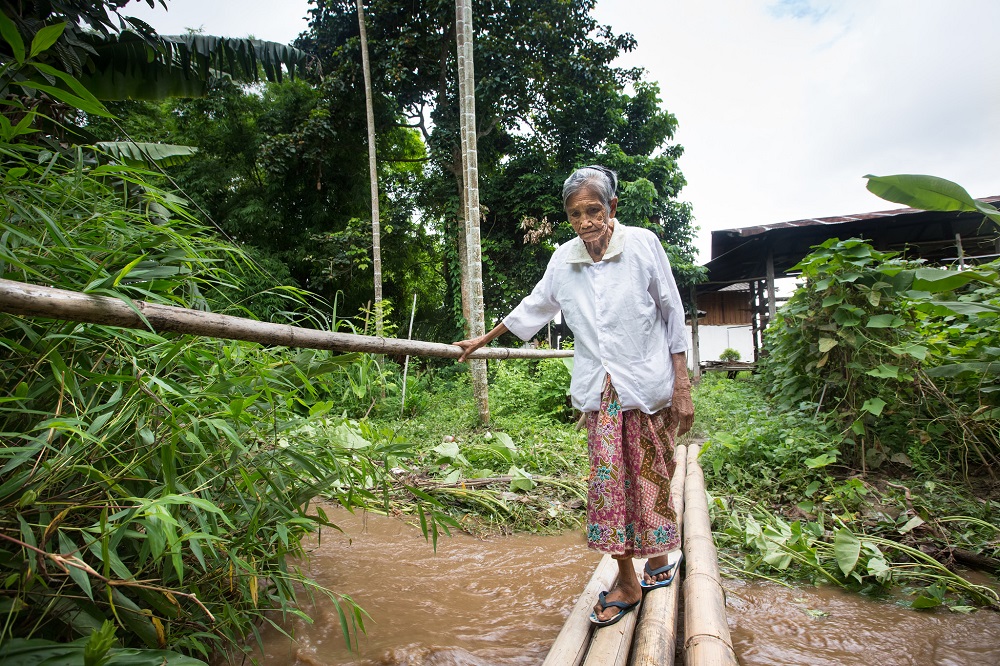
The world is changing rapidly. Global warming has seen a rise in temperature of about 0.8°C in the past century, leading to greater environmental and climatic risks.
This is a threat to life and livelihoods, warned a report by the United Nations Intergovernmental Panel on Climate Change in 2014, and the impacts are already devastating.
Global warming is leading to extreme weather such as heat waves, coastal flooding, severe drought and intense rainfall. We have already seen an unprecedented string of catastrophic floods across Pakistan, Thailand, China and the Philippines, followed by severe drought in east Africa, and both drought and floods in Bolivia.
These changes are occurring alongside rapid population ageing, which will see the number of people aged 60 and over grow to two billion by 2050, according to 2015 figures from the United Nations’ Department of Economic and Social Affairs. At present, two-thirds of the world’s over 60s live in less developed regions. By 2050, this is projected to rise to 79%. This population growth is faster than any other age group, and it is happening everywhere.
When it comes to disaster risk reduction, this demographic change is significant as older people tend to be disproportionately affected. During Typhoon Haiyan in the Philippines in 2013, over 55% of those who died were older people. Similarly, 75% of those who died in Hurricane Katrina in the US in 2005 were aged 60 or over. In the Nepal earthquake of 2015, the figure was nearly 65%.
An age-sensitive response to disasters and climate change is vital to recognise older people’s specific vulnerabilities. To achieve the ambitions of the Sendai Framework and beyond, we must consider the changing character of the global population, as well as the risks.
Older people can contribute significantly to disaster risk reduction
Older people are often not considered in disaster risk reduction efforts. They are not engaged with or consulted because of a perception that they have poor health and a diminished mental capacity that stops them from learning new things. They are often seen as passive recipients of aid due to their physical strength declining with age. This misconception only serves to exclude older people and put them at even greater risk.
However, in reality, older people can play a valuable part in how we understand and respond to disaster risks and climate change. They can be a valuable source of information on local hazards, changing environments and mitigation strategies that can supplement scientific data and evidence.
In 2012, following disaster risk reduction training, older people in the Fang district of northern Thailand developed a local plan to reduce the risk when future floods hit. An older people’s association, with the support from local government, built small dams to reduce the strength of the current. These same dams would also provide a water reserve during drought. Trees were planted to protect the river bank and older people used their knowledge and experience of previous floods to teach children to understand the river, recognising the warning signs of an imminent flood.
This is innovative, sustainable and effective disaster risk reduction that has older people at its heart – a fantastic example to follow.
This blog follows the 2017 Global Platform for Disaster Risk Reduction, which took place in Cancun, Mexico last month. HelpAge International was participating in the conference to ensure the implementation of the framework agreed at the Third UN World Conference on Disaster Risk Reduction in Sendai is inclusive and responsive to ageing.
